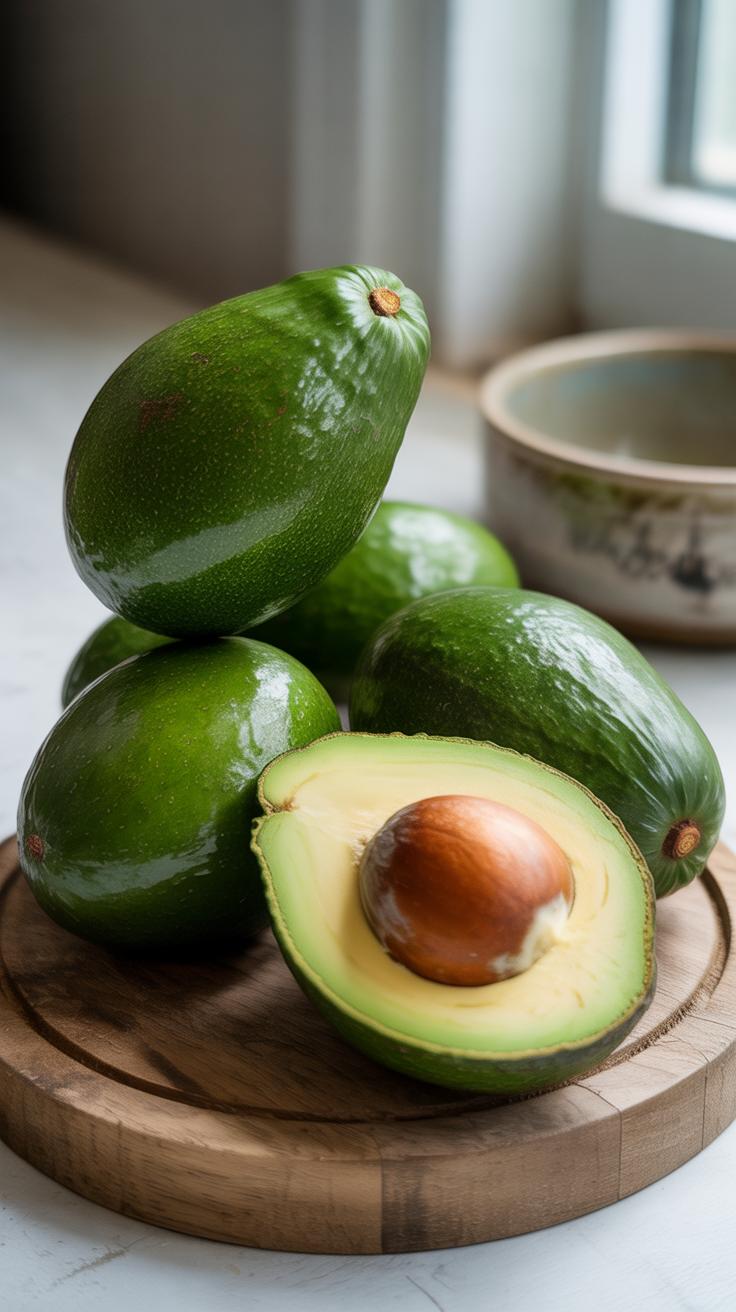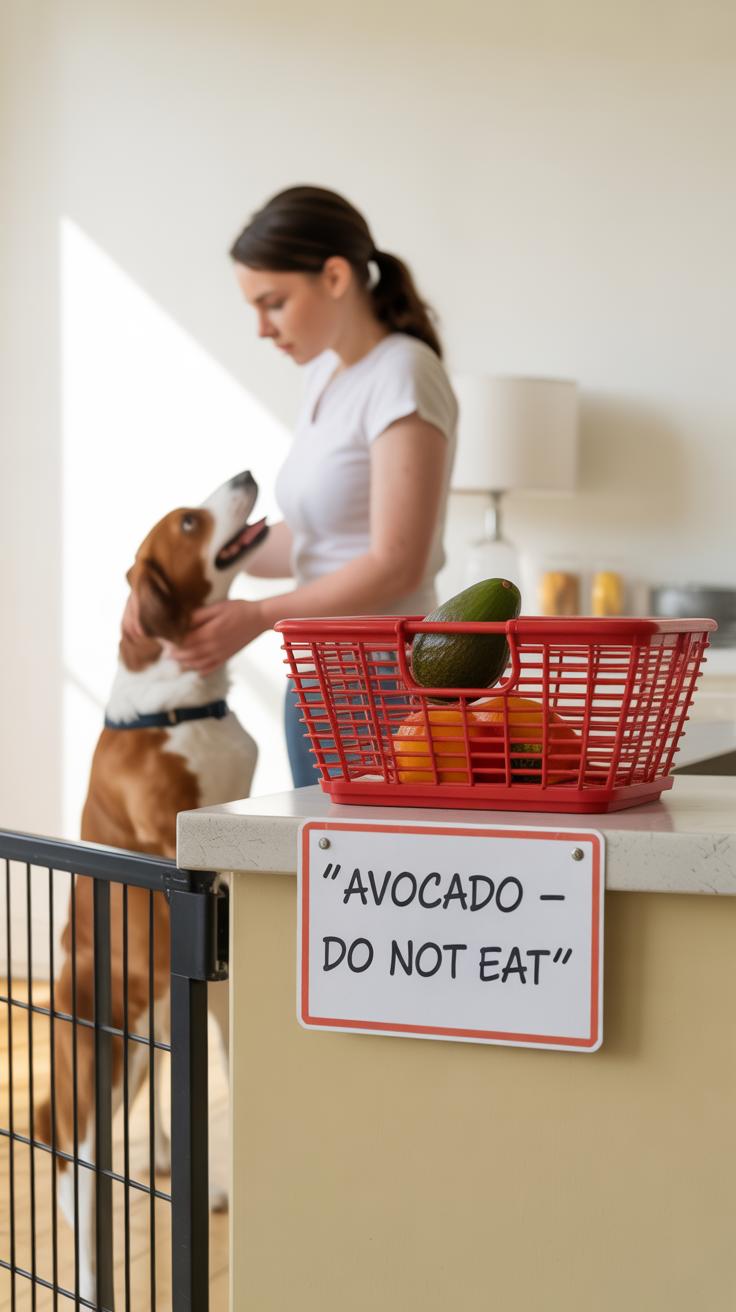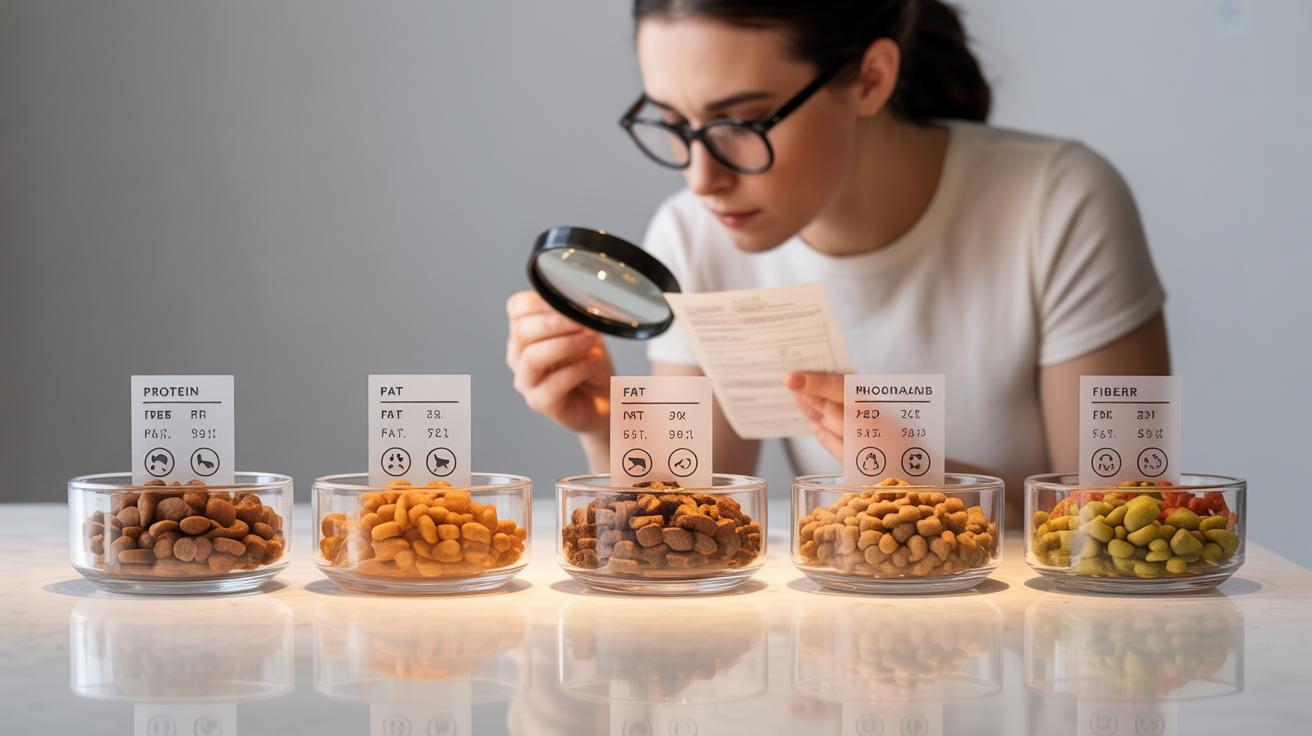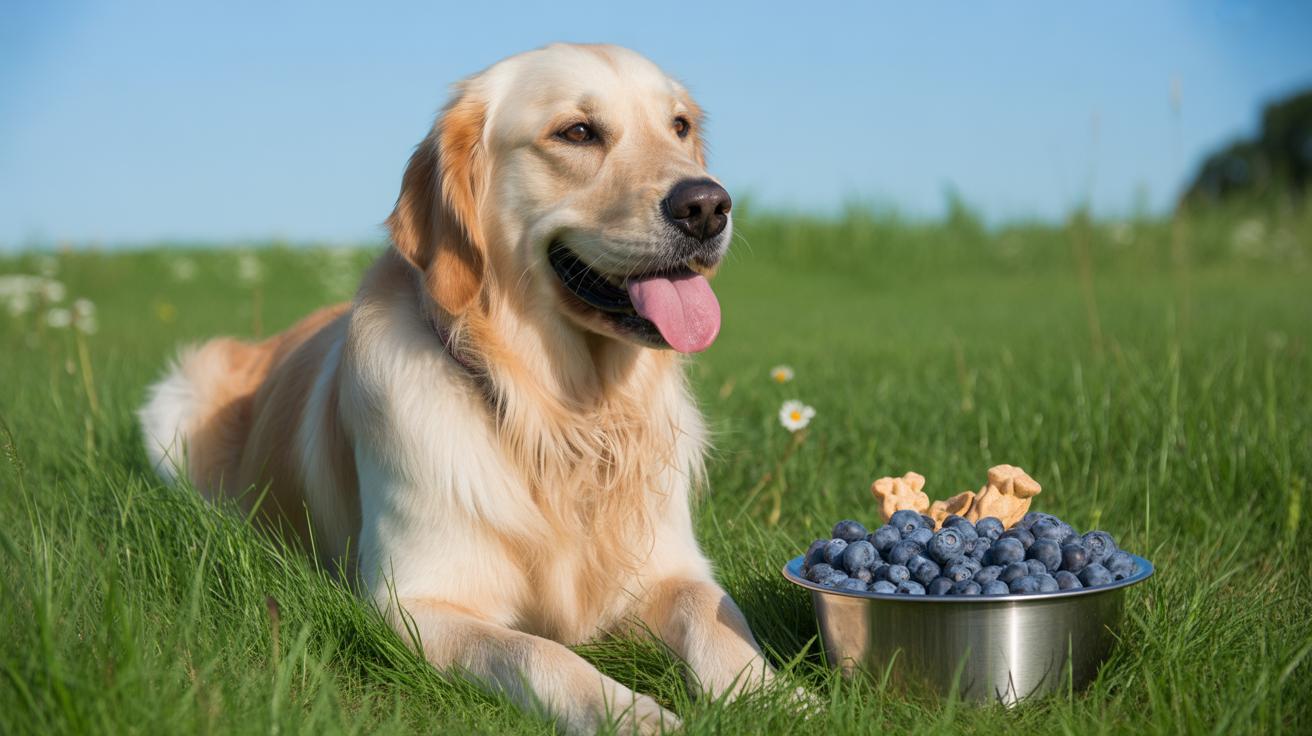Introduction
Avocado is a popular fruit known for its creamy texture and rich nutrient content. For dog owners, it’s natural to wonder if this nutritious food is safe and beneficial for their pets. Understanding the relationship between avocado and dogs is essential for making informed feeding decisions.
This article explores the safety of avocado consumption for dogs, highlights potential health benefits, and offers practical serving tips. By the end, you’ll have clear guidance on whether you should include avocado in your dog’s diet and how to do it responsibly.
What is Avocado
Origin and Description
Avocado is a fruit that originally comes from Central and South America, with a history stretching back thousands of years. The tree thrives in warm climates, growing tall and bearing green, pear-shaped fruits. The skin is typically rough and dark green or black, while the flesh inside is pale green and creamy. Inside that flesh, you’ll find a large pit, which is usually discarded. These fruits grow on trees that can reach up to 20 meters high, and they produce fruit year-round under the right conditions.
You might recognize the avocado for its smooth, buttery texture and mild flavor, often used in human diets. Still, the way it grows and its outer shell can sometimes make people hesitate when thinking about it as a dog treat.
Nutritional Components
Avocado contains fats that are mostly healthy monounsaturated fats, which can be good for a dog’s skin and coat if given in moderation. It’s also a source of vitamins like A, E, and C. These vitamins support a dog’s immune system and may help with cellular repair. Then there are several antioxidants present that could protect cells from damage.
Besides that, avocado offers minerals like potassium and copper, both essential for muscle function and overall health. One thing that’s easy to miss is the fiber content, which can assist with digestion, although it depends on the portion and how it’s served.
Still, it’s a bit tricky because not all parts are equal in nutrition or safety. So, before you toss a slice to your dog, you might want to think carefully about what’s inside that creamy green flesh and what lies in the skin or pit.
Is Avocado Safe for Dogs
Feeding avocado to dogs raises questions that many pet owners wrestle with. The truth is, some parts of the avocado can be okay in very small amounts, but others pose clear risks. That balance isn’t always obvious at first glance. You might be tempted to share a bit of this fruit, especially since it looks so healthy to us, but knowing which parts to leave out makes all the difference.
Toxic Components in Avocado
There’s a compound called persin in avocados. It’s a fungicidal toxin, and while dogs tolerate persin better than some animals (like birds or horses), it can still cause mild symptoms if consumed in large quantities. The amount of persin in the flesh of the avocado—the part you’d think to feed your dog—is generally low. But that doesn’t mean it’s totally risk-free. Some dogs might react more sensitively, showing vomiting or diarrhea after eating too much.
So, even though the creamy part of the fruit usually contains the least persin, it’s wise to limit how much your dog gets. Better safe than sorry, right?
Which Parts to Avoid
Outside the pulp, the skin and pit of the avocado carry more danger. The thick, leathery skin has higher persin concentrations and isn’t digestible, which might upset your dog’s stomach or even cause blockages.
The pit is probably riskier still. It’s a choking hazard and can cause serious intestinal blockages if swallowed. I once saw a dog badly struggle because they swallowed a pit accidentally—a scary experience for the owner and the dog alike. The pit’s hardness means even chewing it could damage teeth or gums. So keeping pits and peels well out of reach is a simple precaution you won’t regret.
In short: small pieces of avocado flesh, given sparingly, might be okay for some dogs, but steer clear of skin and pits completely. Is it worth the risk? That question is up to you and your dog’s tolerance, but I’d err on the side of caution.
Health Benefits of Avocado for Dogs
Avocado can offer some interesting health benefits for dogs when given properly. It’s not just a trendy snack for humans; certain nutrients in avocado may support your dog’s health in tangible ways. For instance, the fruit contains healthy fats—mostly monounsaturated fats—which are good for heart health and can help maintain steady energy levels.
Besides fats, avocado provides vitamins like A, E, and C. These vitamins play roles in supporting your dog’s immune system, helping protect cells from damage, and promoting overall wellness. It’s kind of like giving your dog a mild boost with natural antioxidants, but without overdoing it.
For your furry friend’s skin and coat, avocado’s benefits stand out more clearly. The fatty acids and vitamins may help reduce dryness and flakiness, making coats shinier and skin less irritated. Some dog owners notice their pets’ fur looks smoother and more vibrant after a bit of avocado in their diet. It’s subtle, and results can vary, but it’s something to try if your dog struggles with dull coat issues.
- Healthy fats support heart and brain function.
- Vitamins A, E, and C act as antioxidants and immune boosters.
- Fatty acids help improve skin hydration and coat shine.
Would avocado become part of your dog’s regular diet? It’s tempting to think so, but it’s crucial to balance benefits with risks—and that takes knowing what parts and amounts are safe.
Risks of Feeding Avocado to Dogs
Avocado isn’t all sunshine when it comes to your dog’s diet. While some dogs might tolerate it okay, others could react poorly. The biggest concern usually centers around a compound called persin. This natural substance is mostly harmless in small amounts, but if your dog is unusually sensitive or eats a large quantity, persin could cause trouble. Symptoms might include vomiting, diarrhea, or breathing difficulties. It’s a bit tricky because persin affects animals differently, and dogs aren’t as vulnerable as some pets like birds or rabbits—but it’s not a risk you want to ignore.
Then there’s the matter of the avocado pit. It’s tempting to think a dog could gnaw on it safely, but the pit presents serious hazards. Swallowing it whole or in big chunks puts your dog at risk of choking. Beyond choking, the pit can obstruct the digestive tract, leading to painful blockages that may require emergency surgery. I’ve seen a few stories online where owners didn’t realize the pit was missing until their dog got ill days later. It’s a hidden danger that’s easy to overlook.
To sum up, when sharing avocado, watch out for your dog’s reaction to persin and never let them near the pit. Their health might hang on it.
How to Serve Avocado to Your Dog Safely
Preparing Avocado for Dogs
Before you offer avocado to your dog, the preparation matters. You’ll want to remove the pit completely—it’s a choking hazard and can cause blockages if swallowed. The skin should go too, as it can be tough to digest and might upset your dog’s stomach. I usually slice the avocado open, carefully take out the pit, peel away the green skin, and scoop out just the soft flesh. It’s easy to overestimate amounts here, so try to portion small, manageable bits. Think pea-sized pieces rather than generous spoonfuls, especially for smaller dogs.
Portion control isn’t just about size, though; the fat content can add up if you’re not careful. Avocado is fatty, and while good fats can benefit your dog, too much could lead to digestive issues or weight gain. I’ve noticed my own dog enjoying tiny doses better. Plus, it lets you watch for any odd reactions, which we’ll get into later.
Serving Suggestions and Frequency
Avocado should be more of an occasional treat than a regular snack. Feeding it once or twice a week is usually enough, but always factor in your dog’s size and overall diet. I tend to give a small amount now and then, mixing it in with their usual food or just as a quick treat to see how it goes. If your dog seems to like it, a little here and there won’t hurt—but it should never become a staple.
Another thing I’ve found helpful is watching your dog’s reaction to different amounts and frequencies. Sometimes, even a tiny piece can upset a sensitive stomach. Less is definitely more when trying something new with your dog’s diet, especially avocado. So, start slow, and keep it simple. If your dog seems fine, a dab here and there as a treat can be a nice change.
Signs of Avocado Allergy or Intolerance in Dogs
Watching your dog after introducing avocado can be crucial. Some dogs may react—and not always in ways you’d expect. Allergies or intolerances might show up surprisingly quickly or take a few days to become clear. You might notice your dog scratching more than usual or developing red, irritated skin. Sometimes, their ears can become inflamed or flaky, which might get overlooked.
Other signs to keep an eye on include:
- Vomiting or nausea, especially if your dog suddenly seems uneasy after eating avocado.
- Diarrhea or changes in stool consistency that last a couple of days.
- Swelling around the face, lips, or eyes, though this is less common, it’s a sign you shouldn’t ignore.
- Lethargy or unusual tiredness that doesn’t line up with their usual energy levels.
Honestly, symptoms can vary quite a bit, so it helps to track what your dog does after feeding. If you wonder, “Could this be from avocado?” it’s probably safer to pause and observe. Sometimes, these reactions are mild and settle on their own, but if symptoms persist or worsen, it’s best to act promptly.
You should definitely call the vet if your dog shows:
- Ongoing vomiting or diarrhea beyond 24 hours
- Difficulty breathing or persistent swelling
- Severe lethargy or collapse
- Signs of intense itching leading to open sores
In cases like these, vet advice isn’t just precautionary. They can recommend treatment or run tests to confirm an allergy, which might mean avoiding avocado altogether. It’s a bit of trial and error sometimes, but safety first, right? Just watch your dog closely and trust your instincts if something feels off after feeding avocado.
Alternatives to Avocado for Dogs
If you’re thinking about swapping avocado out for something else, there are a few fruits that might offer similar benefits without the risks. Dogs can safely enjoy fruits like blueberries, apples (without seeds), and bananas. These fruits provide antioxidants, fiber, and vitamins that support overall health, much like avocado does.
Blueberries, for instance, pack antioxidants and vitamin C, which can help your dog’s immune system. Apples bring plenty of fiber and a bit of vitamin A and C to the table. Bananas are a decent source of potassium and B vitamins, good for energy and muscle function. They’re all tasty treats you can slice and share in moderation.
But fruits aren’t the only option. Other healthy treats rich in good fats and vitamins include fish like salmon, which adds omega-3 fatty acids to your dog’s diet. Pumpkin seeds also offer healthy fats and minerals and might surprise you as a crunchy, nutritious snack. Plain cooked eggs provide protein and essential nutrients without overcomplicating things.
It might take some trial and error to find what your dog likes best or tolerates well. Have you noticed how some dogs are picky about fruit but love fish? Trying a few options might be the way to go before settling on a favorite alternative.
Expert Opinions and Recommendations on Avocado for Dogs
Veterinary Guidance
Many vets approach avocado with caution. Some point out that the flesh of the avocado itself isn’t toxic in small amounts, but the concern lies mainly with the pit and skin. These parts can cause digestive blockages or even choking hazards, which is something you really want to avoid.
Others highlight the presence of a substance called persin, which is more concentrated in leaves and pits than in the fruit. While persin can be harmful to some animals, dogs seem less sensitive to it. Still, vets often recommend limiting avocado to occasional treats rather than a regular diet component.
There’s also talk about the fat content. Vets sometimes warn that the high fat might not sit well with dogs prone to pancreatitis or weight gain. So, if your dog has sensitive digestion or is overweight, it’s probably best to skip avocado altogether or consult your vet first.
Pet Nutrition Expert Tips
Pet dieticians tend to be slightly more open to avocado but advise moderation. They acknowledge the fruit’s healthy fats, vitamins, and fiber, which can benefit dogs when included sparingly. But they’ve stressed balance — avocado shouldn’t replace a dog’s usual, nutritionally complete food.
Some suggest introducing avocado slowly to see how your dog reacts. Watch for digestive changes, like diarrhea or vomiting. And they emphasize using only the ripe, peeled flesh—no pits or skin at all.
Experts also recommend mixing small amounts of avocado with something your dog already enjoys, making it easier to digest and less likely to cause upset. It’s intriguing though—some dogs love the taste, others don’t touch it. So, it really depends on your pooch and their preferences.
Conclusions
Avocado contains nutrients that can be beneficial for dogs, like healthy fats and vitamins. However, parts of the fruit can be harmful, so it’s important to feed it correctly. Avoid giving your dog the pit or skin, which can cause choking or digestive issues.
When given in moderation and served properly, avocado can be a healthy treat for your dog. Always observe how your dog reacts and consult your vet if you have questions. Considering all factors will help ensure your dog’s safety and well-being when sharing this fruit.





















